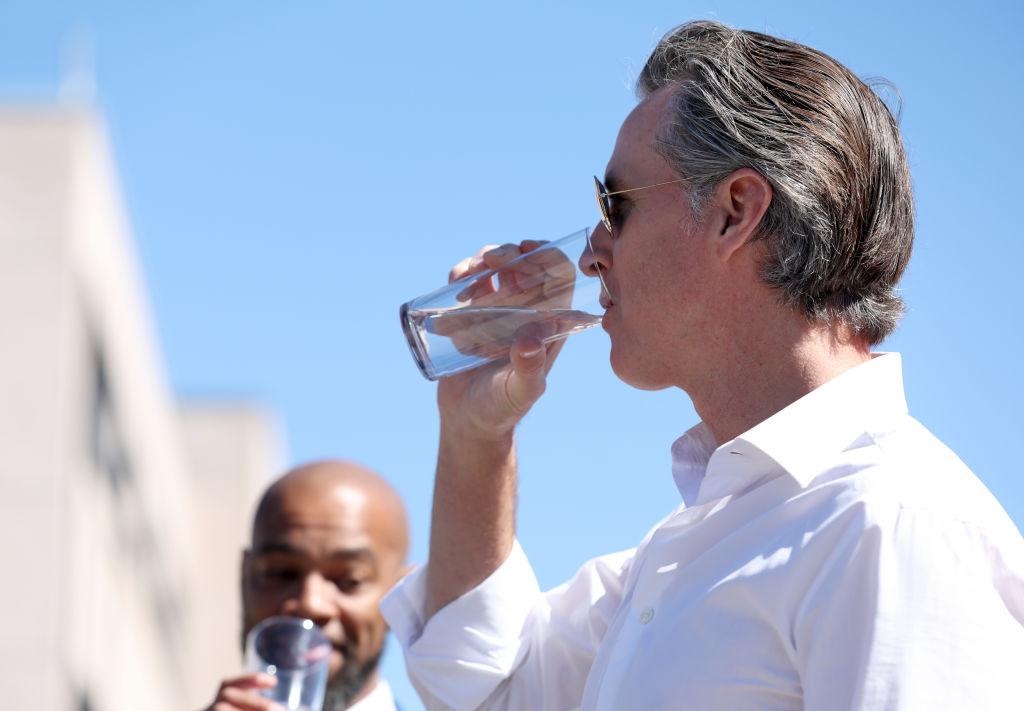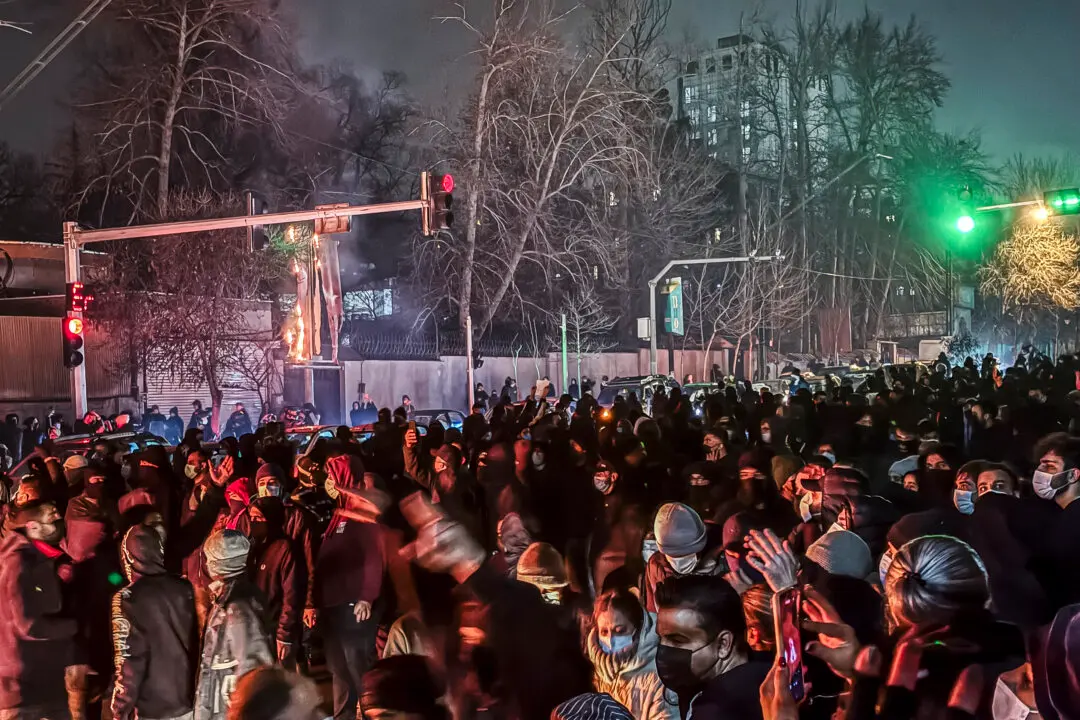California has put forward a proposal to convert domestic and industrial wastewater into a “climate-resilient” drinking water source even as safety concerns remain regarding its consumption.
On Tuesday, California’s State Water Resources Control Board announced a series of proposed regulations that would allow for municipal wastewater to be mixed in with water systems as part of Democrat Governor Gavin Newsom’s water recycling strategy. “The process, known as direct potable reuse, will enable systems to generate a climate-resilient water source while reducing the amount of wastewater they release to rivers and the ocean,” the water board said in a July 11 press release. The proposal is in its draft stages.





